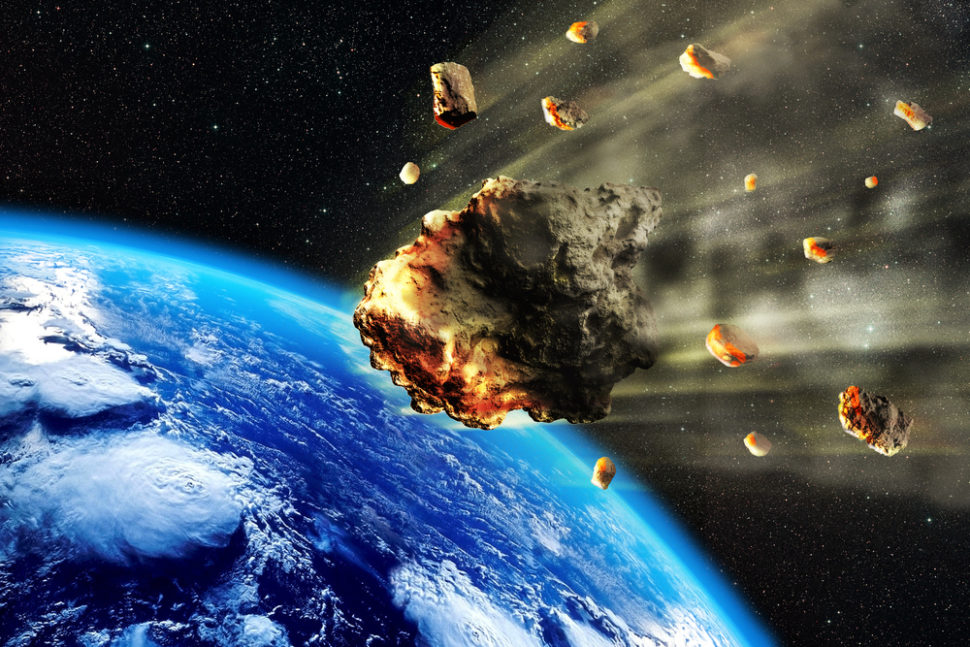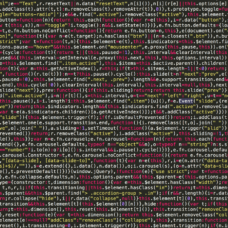Now a farming community, Wedderburn is a small town in the state of Victoria, Australia, that was once the home of gold miners.
The gold rush has long faded into history. From time to time, however, locals still can strike some gold, like this “grumpy” husband who unearthed an 87-ounce gold nugget (2.7-kg) and sold it for $175,000.
Other than gold-diggers, scientists also have been investigating a mineral found in Wedderburn that’s even rarer than gold. And now, they have some answers as to its nature.
Edscottite, the Mineral From Outer Space
In 1951, a lemon-sized meteorite was found near Wedderburn. The metallic lump known as Wedderburn meteorite, which weighs around 210 grams, has been the subject of a decades-long investigation by many research centers in the world.
This meteorite was classified as belonging to 1AB sLH1, one of the rarest iron sub-groups, and it’s one of only ten meteorites approved as such.
After being sliced many times for analysis purposes, now only 71 grams remain from the original eddish-black chunk of iron that bears the scars of a long cosmic journey.
But now, mineralogist Chi Ma and geophysicist Alan E. Rubin from Caltech and the University of California, Los Angeles respectively, have revealed the secrets of this meteorite’s rare birth conditions.
They think they know where the Wedderburn meteorite came from, identifying a new type of mineral inside it.
The two researchers found tiny grains of an extraterrestrial mineral, an iron carbide (Fe5C2) called edscottite in honor of Edward R. D. Scott, a pioneering cosmochemist from the University of Hawaii. Dr. Stuart Mills, Museums Victoria’s senior curator of geosciences, said:
“This meteorite had an abundance of carbon in it. And as it slowly cooled down, the iron and carbon came together and formed this mineral. We have discovered 500,000 to 600,000 minerals in the lab, but fewer than 6000 that nature’s done itself.”
Edscottite already exists in a synthetic version, a phase that iron goes through inside as it is smelted into steel. But this is the first time scientists prove edscottite can occur naturally, paving the way to its official recognition as such by the International Mineralogical Association.
The rare meteorite containing edscottite was likely forged inside the molten core of a planet that has long been destroyed. Then, it drifted across the solar system until it fell to Earth.
As to what happened to that planet, Geoffrey Bonning, a planetary scientist at the Australian National University, said that “it got blasted apart.” Or, it may have been hit by another planet, moon, or a massive asteroid.
The team’s study appeared in the American Mineralogist journal.



















Comments (0)
Least Recent